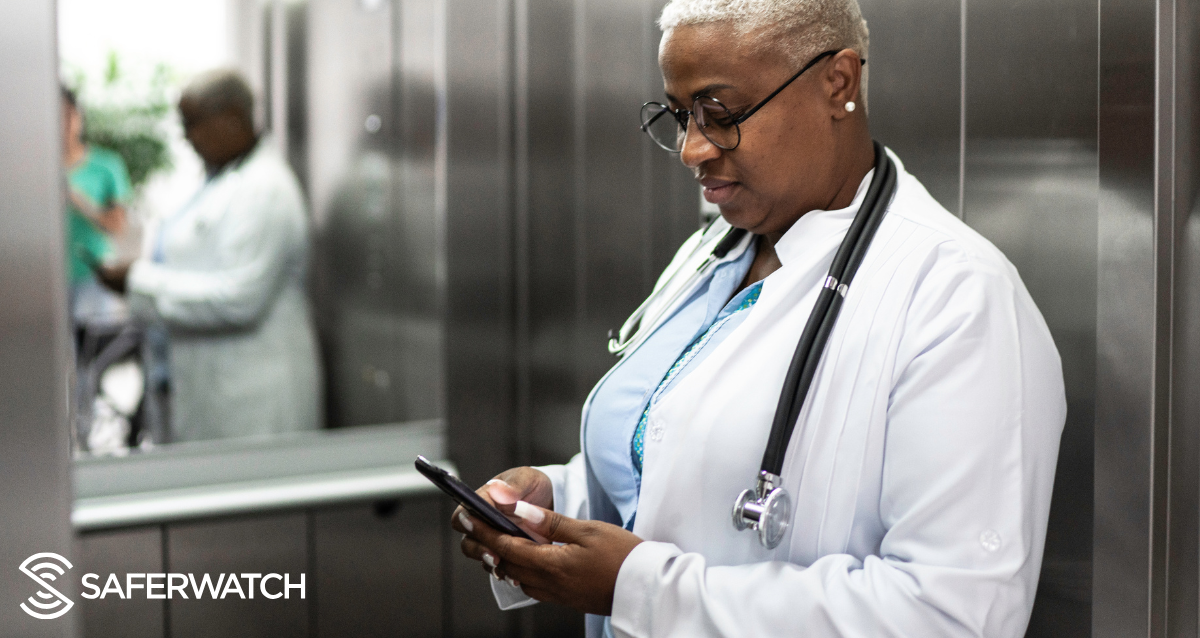Understanding Hospital Emergency Codes: A Guide to Safety and Preparedness
In a hospital, quick and effective communication is crucial for ensuring patient, visitor, and staff safety. To facilitate a structured, coordinated response in emergencies, hospitals use a system of color-coded emergency codes. These codes are carefully designed to inform staff about specific types of emergencies, enabling rapid response without alarming those who don’t need to be involved. Here’s a closer look at common hospital emergency codes and how they contribute to a safer, more efficient healthcare environment.
Common Hospital Emergency Codes and Their Meanings
Hospital emergency codes differ by region, but certain color codes are widely recognized for specific incidents. Understanding these codes is essential for all hospital personnel, as each code corresponds to an immediate response protocol:
- Code Blue – Medical Emergency: Signifies a patient experiencing a life-threatening condition, like cardiac arrest, requiring urgent medical intervention.
- Code Red – Fire Emergency: Alerts staff to a fire within the hospital, triggering evacuation or fire containment procedures.
- Code Pink – Infant or Child Abduction: Mobilizes a hospital-wide alert to locate and protect an abducted or missing child.
- Code Silver – Active Shooter: Communicates the presence of an armed individual, with response focused on securing the facility and protecting individuals.
Each of these codes is critical, requiring a specific set of responses to ensure safety and protect lives. Hospitals also frequently conduct drills to reinforce staff training and preparedness.
Why Emergency Codes Are Vital in Hospitals
The purpose of these codes extends beyond simple alerts. Here’s why emergency codes are fundamental to hospital operations:
- Quick, Targeted Response: Codes immediately inform staff about the type of emergency, allowing them to take appropriate action with minimal delay.
- Discreet Communication: Using color codes ensures staff can respond to emergencies without alarming patients and visitors, reducing the risk of confusion or panic.
- Unified Protocols: Standardized codes create a unified response framework, meaning all hospital staff—regardless of role—know the required actions for each code.
Despite their benefits, emergency codes may not always be heard or understood by everyone who needs to respond, especially in large or crowded hospital settings.
Enhancing Hospital Emergency Code Response with SaferWatch
SaferWatch, a leading safety communication platform, adds another layer of security by enhancing emergency code systems in hospitals. SaferWatch offers instant and detailed notifications that reach staff precisely when and where they need them. Here’s how SaferWatch contributes to emergency response:
- Instant Alerts to Relevant Personnel: SaferWatch enables real-time mass notifications to designated staff members, ensuring the right people are immediately informed when an emergency code is activated.
- Additional Context and Instructions: Beyond just alerting staff to a code, SaferWatch alerts can provide important details, such as location and specific response steps, improving the clarity and speed of the response.
- Accessible Anywhere: SaferWatch’s mobile app allows alerts to be received directly on mobile devices, making it easier for staff to stay informed, even if they are away from traditional communication channels.
- Customized Alerts for Unique Needs: Hospitals can customize SaferWatch alerts to align with their protocols, creating messages that work for their specific environments.
- Real-Time, Two-Way Communication: During an emergency, staff can use SaferWatch to communicate, share updates, and coordinate response efforts securely.
The Future of Hospital Safety
Incorporating SaferWatch with hospital emergency codes offers an enhanced, digital approach to emergency preparedness and response, giving hospitals a modernized system that adapts to today’s healthcare needs.
SaferWatch Benefits:
- Provides real-time alerts directly to mobile devices
- Supports two-way, secure communication during emergencies
- Customizable alert settings for specific hospital needs
- Ensures critical information reaches the right people instantly
In an environment where every second counts, SaferWatch strengthens hospital emergency response capabilities, helping protect everyone within the facility. Reach out to a safety specialist today to learn more.























